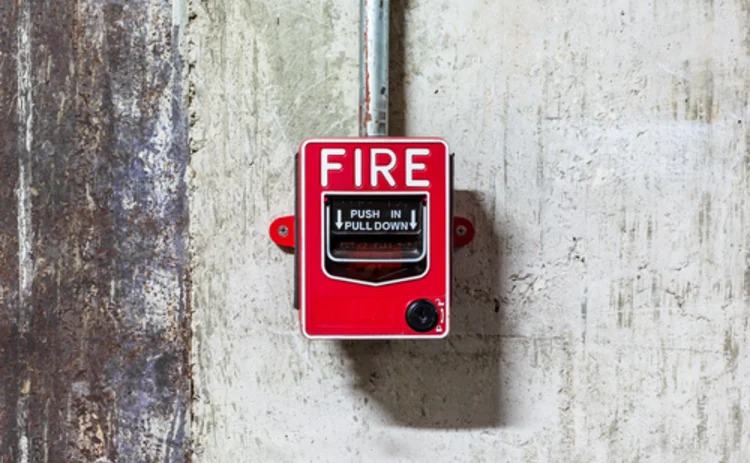
This article was paid for by a contributing third party.More Information.

Eiopa Insurance Stress Test – Should alarm bells be ringing?

At Pimco, we have focused on what Eiopa describes as its prolonged low rates, ‘Japanese-like’ scenario. Eiopa’s headline conclusions suggest that 14% of European insurers have a solvency capital ratio (SCR) below 100% – i.e., regulatory intervention will be required once the Solvency II Directive comes into effect on January 1, 2016. This figure represents 3% of European insurers by assets; implicitly, smaller insurers are more exposed. Under Eiopa’s prolonged low-yield scenario, however, the number of insurers with insufficient SCR rises to 24%. These are alarming headline figures.
How long will this condition last?
For starters, Eiopa's baseline scenario reference date is December 31, 2013, and examines the effect of a lower-rates-for-longer scenario. Specifically, the scenario refers to the 10-year yield dropping to 0.983%, as we saw with the Japanese 10-year government bond yield as of December 31, 2011 [Bloomberg data]. In reality, however, 10-year German Bund yields actually fell from 1.925% at January 1, 2014 to 0.64% as of December 15, 2014 [Bloomberg data], well below the stressed yield level contemplated by Eiopa. Europe’s periphery is not far behind. Pimco's thesis, The New Neutral, suggests neutral policy rates over the secular horizon will be well below the policy rates that prevailed before the financial crisis; we therefore expect 10-year Bund yields to remain low.
For life insurers, the issue of low rates is less a question of ‘how low’, but more one of ‘how long’ they are likely to last. While short periods of low rates may prove to be tolerable, a sustained period of rates at or around current low levels will likely create serious problems for the insurance industry.
For Europe, the risk lies in the European Central Bank’s potential failure to reflate the economy even to the point where it reaches The New Neutral. While the long end of the yield curve is influenced more by the supply of and demand for debt products, few market commentators see scope for significant rate rises in the long end for the region. In short, Eiopa's low-yield scenario is far from a lower bound in the range of possible scenario results.
So where does this leave Europe’s life insurance industry?
For many European life insurers, the challenge of low rates boils down to a negative carry trade, as yields on investments fall below the guarantees promised to policyholders. This is a slow bleed, rather than an acute crisis. Eiopa's analysis suggests that, from a cashflow perspective, some insurance companies might not be able to meet their promises after a period of eight to 11 years.
From a valuation perspective, many of the key solvency issues are swept under the rug as Solvency II allows life insurers very benign liability measurement assumptions. A series of last-minute tweaks to regulations have the effect of increasing the liability discount rate (for example, decrease the quantum of liabilities). While it is hard to see long-term asset returns in line with these discount rates, it will take some time for the problem to manifest itself from a cashflow perspective.
But, if rates do not rise, the pain will eventually be felt by life insurers, no matter how benign the liability valuation methodology. Indeed, Eiopa's own findings probably understate the problems faced by the industry today. Consider the following:
• Rates are already at – or, in some cases, below – the levels contemplated in EIOPA’s stress test underlying the 24% figure.
• EIOPA’s findings show that European insurers’ assets are far shorter in duration than their liabilities. If anything, insurers will play a role in keeping long rates low as they continue to bid for long-duration assets.
• As EIOPA’s own figures suggest, a negative scenario could drive a 30% increase in problem cases. An adverse market scenario (CA1), where the European Union’s equity market is assumed to be the source of distress, for example, would drastically increase the number of companies with an SCR below 100% from 14% to 44%.
Conclusion
We can therefore draw a number of conclusions from Eiopa's Insurance Stress Test 2014:
• Given The New Neutral, we believe that a very low-yield scenario is quite likely to take place over the secular horizon and could easily be more severe than the low-rates scenario examined by Eiopa.
• Smaller European life insurers appear to be poorly equipped to handle such a prolonged low-yield environment.
• Going forward, we should expect far more frequent regulatory intervention and/or pressure on smaller life insurers to consolidate in even comparatively mild stress scenarios. Absent an increase in the policy rate, the positive perception of the industry for prudence will erode as life insurers gradually fail under the weight of unsustainable guarantees promised to policyholders.
• While some large geographies (such as Germany) appear quite vulnerable, life insurers in these regions have access to euro derivatives markets in order to reduce duration mismatches more quickly. For European geographies such as Sweden and Norway that do not have deep derivatives markets in their local currencies, life companies and their regulators will need to focus quite closely on improving their asset-liability matching/hedging capabilities.
Sponsored content
Copyright Infopro Digital Limited. All rights reserved.
You may share this content using our article tools. Printing this content is for the sole use of the Authorised User (named subscriber), as outlined in our terms and conditions - https://www.infopro-insight.com/terms-conditions/insight-subscriptions/
If you would like to purchase additional rights please email info@risk.net
Copyright Infopro Digital Limited. All rights reserved.
You may share this content using our article tools. Copying this content is for the sole use of the Authorised User (named subscriber), as outlined in our terms and conditions - https://www.infopro-insight.com/terms-conditions/insight-subscriptions/
If you would like to purchase additional rights please email info@risk.net